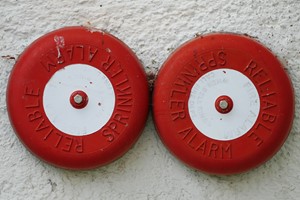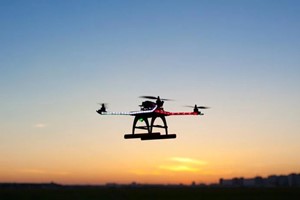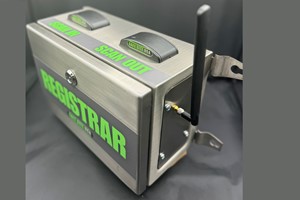One of the first questions that you need to ask yourself about your fire detection system is if it is a heat sensor or a smoke detector. Depending on your answer, you’ll know that your detection system is scanning for a particular fire signature. Heat detectors are programmed to signal the alarm panel when a certain temperature is reached in its vicinity.
This temperature is typically quite high, so it accurately senses a fire and does not send a false alarm in instances like a room being kept at a high temperature during the winter months.
Smoke detectors do exactly as they are named. Most homes and buildings have smoke detectors as opposed to heat detectors. But there are a variety of smoke detectors that sense the presence of smoke differently, like ionization and photoelectric. Two Different Types of Smoke Detectors There are two different types of smoke detectors. An ionization smoke detector senses electrically charged particles (ions) to detect smoke in the air. Once that occurs, the alarm is triggered.
A photoelectric smoke detector uses an infrared LED light beam to tell if there is smoke in the air. Over time, the sensor emits light through the optical detector’s chamber. If the light detects numerous smoke particles passing through it, then an alarm is triggered. Fire Alarm Systems A fire alarm system is a network of fire detection and sounding devices.


The key component is the fire alarm control panel (FACP), which acts as the system’s brain. When the detection devices sense smoke, they alert the FACP, which decides what action to take – alert the fire department, activate the fire sprinkler system, activate the fire suppression system, sound the horns and illuminate the strobes, etc. It is important to regularly maintain and inspect all these devices to avoid false alarms. Should there exist an issue with a device or part of your fire alarm system, the control panel will read a corresponding message signal like “trouble”, “supervisory”, or “alarm.” A trouble signal indicates an operational issue like lack of power, need to change batteries, ground fault, or VOIP (Voice Over IP Switch) connectivity problems.
Typically, your alarm panel will show a yellow light for a trouble signal. A supervisory signal indicates a problem with connected fire protection equipment that your alarm system monitors, like your fire sprinkler or suppression system.
If a sprinkler valve that is normally closed is left open after an inspection, a supervisory signal will show. Similarly, if your compressor stops working (affecting the low-pressure switch) or a change in humidity that would disrupt your duct detectors’ normal operation, the alarm control panel would show a supervisory signal. An alarm signal requires immediate attention. The most common causes of false alarms are a result of lack of system maintenance, improperly cleaned smoke detectors, or a problem with the delay mechanism on a water flow switch.
Keystone Fire
www.keystonefire.com













